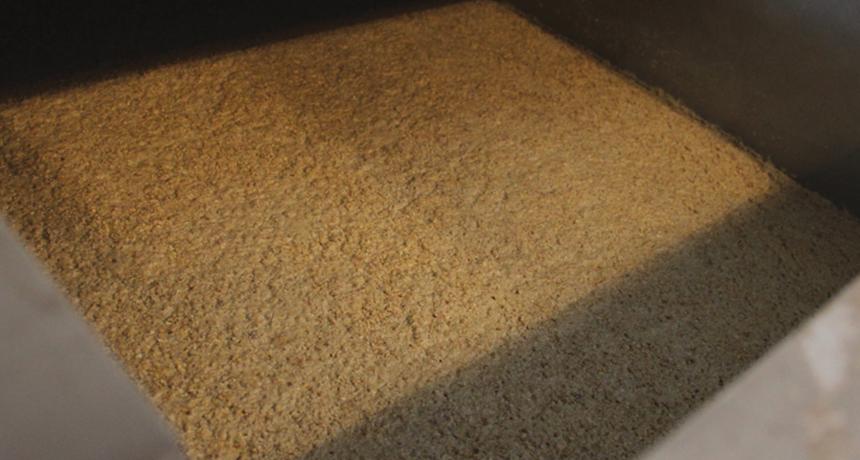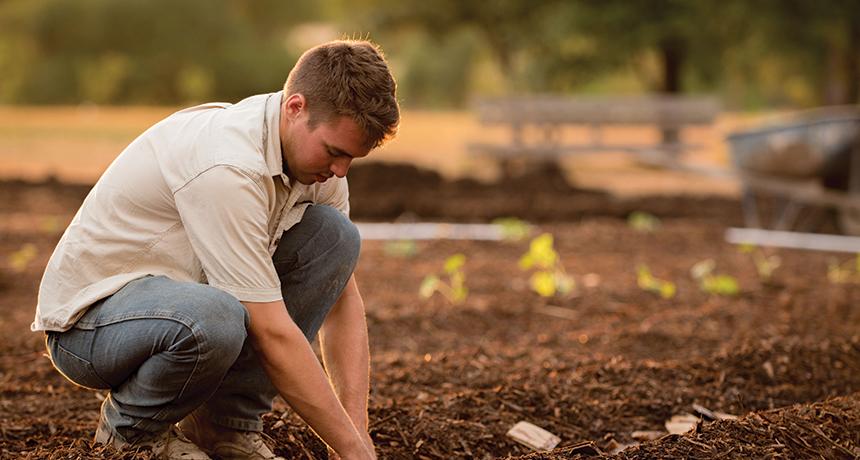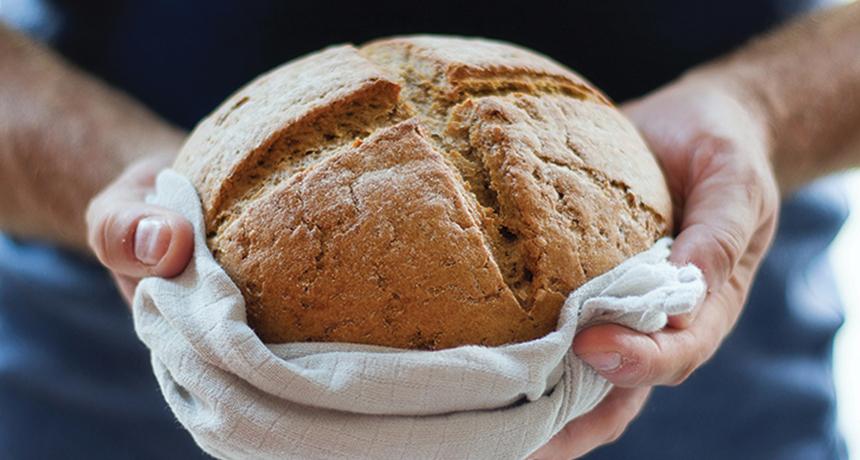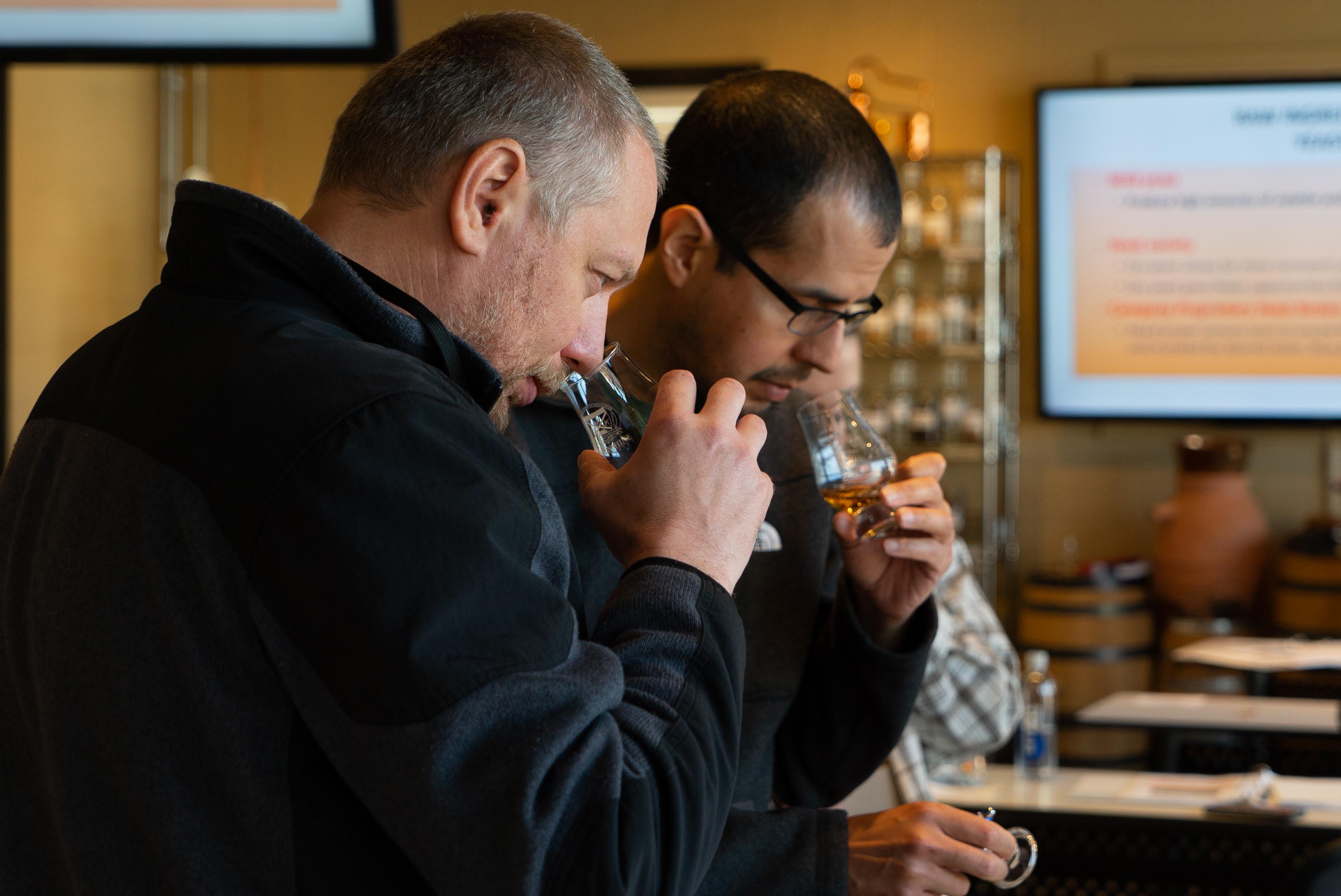
The Art of Non-Alcoholic Spirits
blog
For decades, spirits and cocktails have fostered a culture of craft, connection, and celebration. But over time, cocktail culture has evolved far beyond the buzz!


Waste is not the first thing that comes to mind when daydreaming about being a distiller, but it's a reality you do need to consider before launching a distillery.
Undoubtedly, a byproduct of your production will be spent grains, also called thick stillage. Once grains make their way through your mash, fermentation, and distillation processes, what's leftover is hundreds of gallons of the stuff, depending on the size of your operation.
When you're producing every day, that's a lot of spent grains to deal with. So where does it all go? Well, that depends on the operation. Some small distilleries and breweries might consider depositing their haul at the local landfill — but the good news is there are better options than condemning your stillage to rot at the dump.
Instead of opting for disposal, give stillage a second life. Consider these 4 more responsible and sustainable ways to upcycle your spent grains.

One of the most popular uses for spent grains is livestock feed. Because it's protein and mineral-rich, high-fat, and typically minimal in fiber (depending on the source), spent grains make for an excellent secondary or supplemental feed for hogs, sheep, cattle, poultry, and even fish.
Many distillers establish partnerships with businesses and farmers in their communities to get their spent grains put it back into the local food supply. But sometimes, distillers have the added benefit of being able to put their stillage back into their own farms.
Saint Lawrence Spirits in Clayton, New York, is a family-owned craft distillery that goes full circle in their "Still-to-Grill" concept: they grow their own grains on their property, Lucky Star Ranch, then return the spent grains to the ranch where it is used to feed 40+ heads of Black Angus cattle, daily. The all-natural beef they provide then becomes the next exquisite dish at their restaurant, The Saint Lawrence Château, or is sold to members of their community.
It's worth noting that, if provided as feed, it's best to use the spent grains as quickly as possible. That's because spent grains are wet. That moisture can quickly cause the grain to spoil and mold, especially in warmer climates. Luckily, there's a backup plan available should you need it, which brings us to our second option.

Composting is another great way to upcycle spent grains — especially when you can't get them to a neighboring farm in time to be used as livestock feed. Composted, spent grains can fertilize fields, gardens, and urban greenhouses across the country, providing people with nutritious, natural foods.
Stillage is often categorized as a nitrogenous waste — in other words, fresh, green matter (think grass clippings). All this means is that spent grains do best when composted hot and when layered with some carbonaceous waste (dry, brown matter like leaf matter or straw). When composting spent grains a good rule of thumb, according to brewing equipment supplier Kegerator is to use a 2:1 ratio of green matter to brown matter.
As is with the case for livestock feed, distillers can partner with businesses and farms to off-load their compostable waste or utilize their stillage in their own composting efforts. Maybe your compost can be used to grow fresh grain for your distillery.

Because it ultimately uses the same ingredients — water, grain, and yeast — spent grains are often described as "liquid bread". Depending on the composition of your stillage, you might be able to use it for baking — and not just bread. Spent grains are being used in everything from snack puffs, pretzels, pasta, and pizza dough to cookies, muffins, dog treats, and granola.
There are a ton of different ways to approach baking with spent grains, which can add flavor and texture: a quick Google search pulls up a variety of recipes utilizing the star ingredient. The best part is that you can use it in many forms: when it's fresh and wet, dried and ground into flour, or even frozen for later.
Many distillers have taken to partnering with local restaurants, bakeries, and other businesses to upcycle their spent grains into consumable goods or have opted to making their own. It's worth noting that bigger brands like Kellogg's and Whole Foods have also shown interest in expanding their portfolios with products made from spent grain flours.
This is definitely an avenue worth exploring, especially as craft distilleries and breweries seek ways to make up for losses associated with the impact of the global pandemic, COVID-19.
More recently, the industry has been exploring ways to optimize spent grains as a fuel source.
For one brewery in Alaska, delegating spent grains to feed and composting weren't realistic options in a landscape where traditional farming is scarce. Answering a critical need to find a solution, The Alaskan Brewing Company invested $1.8 million in a custom-constructed steam boiler that would process the company's spent grains as fuel.
Not only has this first-of-its-kind solution allowed the brewery to utilize 100 percent of their spent grains waste stream since its installation in 2012, but it also powers their grain drying and brew house operations to help them make more beer.
It's a closed system that eliminates waste and allows the brewery the privilege of being self-sufficient. There's no reason why distilleries can't do the same, if they're able to invest in the right equipment for the job.
Ultimately, the message here is that there isn't really a good reason to let your spent grains go to waste. Even if you don't want to use it somewhere in your operation, there's probably someone nearby that would be happy to take it off your hands.
Interested in learning more about the process of distilling? Check out Moonshine University's 6- Day Distiller Course. You'll experience intensive, practical, and hands-on learning from industry experts. By the end of the course you will have knowledge of all the components of distillery work — from laying the first brick to getting a finished product on the shelf. Learn more.
Related Content
Evolve Your Distillery for Success: Saint Lawrence Spirits

blog
For decades, spirits and cocktails have fostered a culture of craft, connection, and celebration. But over time, cocktail culture has evolved far beyond the buzz!

blog
Those that are familiar with the process of crafting distilled spirits may also be familiar with the 10 common congeners that are created during fermentation, and honed during the distillation run. Each congener has its own distinct personality, rendering unique tastes and aromas to the finished spirit.

blog
So, you want to start distilling with freshly milled grain. Maybe you're tired of paying top dollar for the pre-milled stuff from the malt distributor, and you're ready to invest in the quality, efficiency, and bulk pricing that comes with milling your own whole grain. But where do you start?